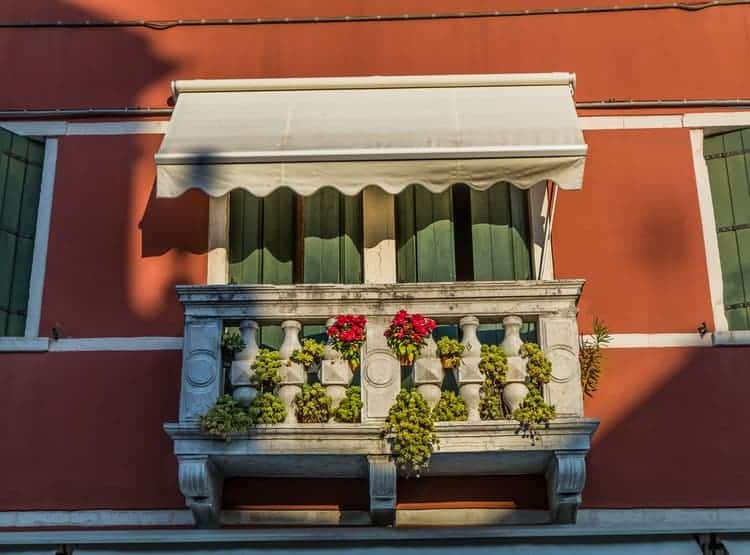Structures that contribute to the support of a building have existed over centuries. Some popular examples of those structures amongst others are balusters and balustrades. Apart from their decorative properties, these structures have proven exceptionally practical.
They can be used indoors and outdoors and have a wide range of functionality. These can include protective functions found in staircase railings, porch, deck, and balcony balustrades. They also provide supportive functions when balustrades are used to support terraces and decorative functions, as they add a certain elegance to homes and general buildings. Their importance in architecture has helped in sustaining their popularity over centuries.
So what are balusters and balustrades?
Balusters are the vertical beams or posts positioned under railings for support. However, a combination of balusters assembled under a top and bottom horizontal railing forms a balustrade. So, those railings you see on staircases, porches, or balconies are known as balustrades. In other words, a baluster is singular, balusters are several units of a baluster, and a balustrade is a unit made up of the top railing, the bottom railing, and a set of evenly spaced balusters. Apart from the support it provides for the horizontal railing in a balustrade, one essential function of the baluster is that it prevents people from slipping through the balustrade. It essentially serves a “caging effect”.
History
Balusters and balustrades were first used in the 13th and 7th century BC, as evidenced by ancient artworks known as bas reliefs depicting Assyrian palaces.
In ancient China, balustrades (both wooden and marble) were employed as terrace supports as far back as the tenth century. Balustrades have existed for very long periods and have still held on to their popularity despite. In fact, owing to their various benefits, balustrade installations of various kinds are still being carried out today.
Shapes
Balusters are of different shapes and designs and are usually installed to match the architectural style of the building. They could either be plain or ornamental, depicting intricate carvings like the ones found in famous 10th century Chinese balusters. The tops of these balusters usually held flying dragon motifs or carvings of fruits.
Types and styles
Presently, balustrades and balusters are still being improved, birthing various types and styles ranging from glass to metal. An array of balustrades is still being developed to satisfy decorative and safety requirements. These types exhibit different advantages and disadvantages and depend entirely on the choice of the homeowner. For example, stainless steel balustrades have the advantage of being the most popular. Other types like wooden balustrades could be purchased at higher prices for their rustic charm. Glass balustrades could be adopted for their unique elegance. Some popular styles include: traditional, modern, or ornate.
Baluster and balustrade installations have proven to be one of the most practical architectural choices a homeowner could make. Additionally, with the benefit of a wide range of materials, these structures are made in, getting a style that could match your home’s design should not be a problem.

